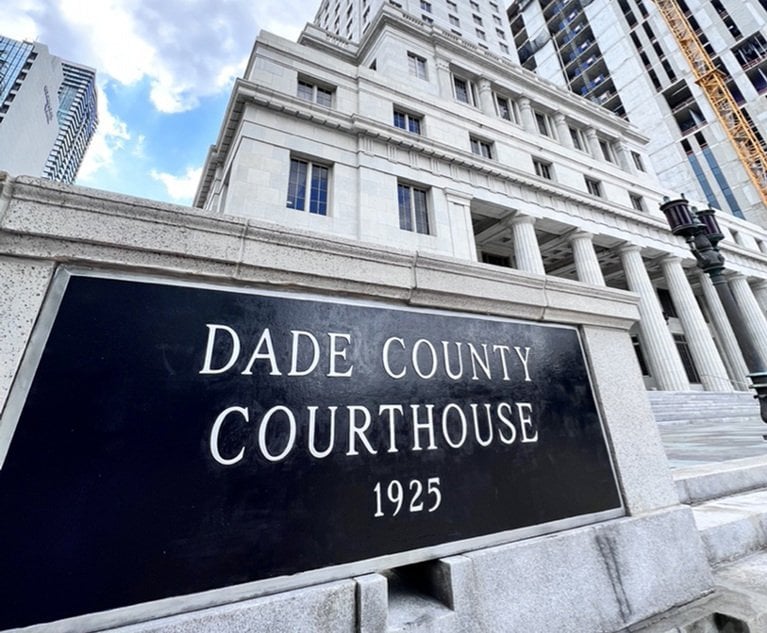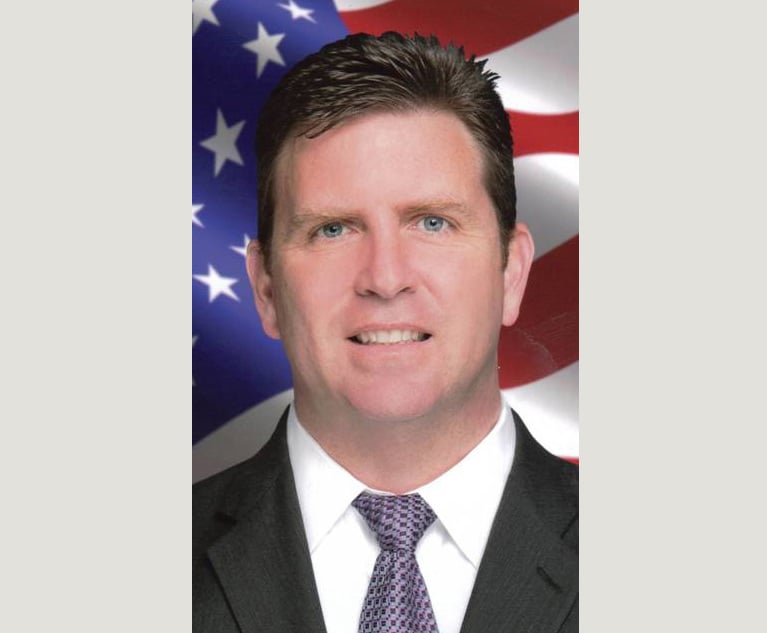Attorneys Peter Molinelli and Leanne Hoskins of Quintairos, Prieto, Wood & Boyer represented the nursing home before the panel. They did not return calls for comment, but their experts included nurse Theresa Vogelpohl and Dr. Kevin Inwood, who testified that the facility had not deviated from the standard of care, and that Marrero’s bedsore was unavoidable, Fischer said.
Click here to read the full complaint
Fischer said many nursing homes are now requiring patients to enter arbitration agreements. But the verdict, he said, serves as a significant outcome in the realm of nursing home cases, emphasizing the importance of proper care and responsibility towards residents’ well-being.
But it wasn’t an easy outcome.
Hurdle 2
Marrero died from unrelated causes in January 2023—10 months after her bedsore had healed.
The complaint showed her death certificate cited multiple diseases of the elderly, anoxic brain injury and Osler-Weber-Rendu Syndrome as contributing factors to her death—none of which helped Fischer’s attempt to hold the nursing home accountable for pain and suffering.
The woman’s daughter, Katie Mancera, as the personal representative of her mother’s estate, sued, seeking damages for Marrero’s pain and suffering from the bedsore.
But the defense produced medical records that showed on a scale of zero to 10, Marrero’s bedsore led to no suffering.
“The defense argued that the bedsore did not cause her any pain, even presenting extensive medical records indicating … she was ‘insensate,’” Fischer said.
Faced with a client who was unable to voice her side of the story, Fischer countered that the bedsore was a direct consequence of the nursing home’s alleged failure to provide adequate pressure relief, including turning and repositioning.







